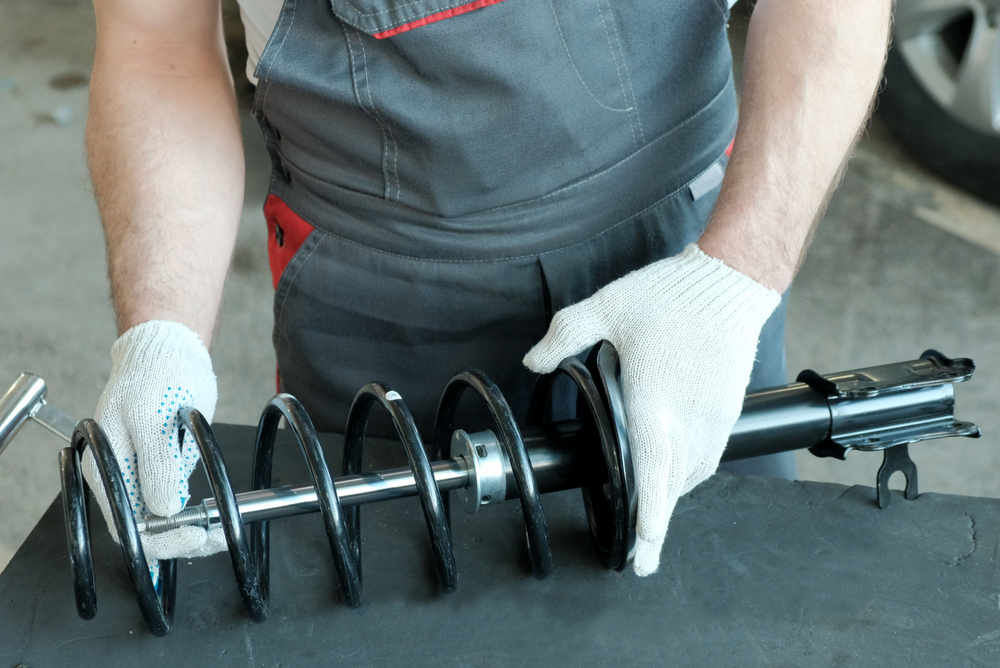
Researchers from the Universities of Birmingham, Oxford, and Ghent are working on a new process that could lead to more efficient and reusable protection from shock, impact, explosion, and vibration.
Dan Zhao, an expert in porous materials at the National University of Singapore, believes that ‘these experiments reveal the shock absorption performance at conditions resembling practical applications.’
The high-performance energy absorbing systems are created by the pressurized insertion of aqueous solutions into hydrophobic nanoporous materials – such as zeolitic imidazolate frameworks (ZIFs) and metal-organic frameworks.
“Rubber is widely used for shock absorption nowadays, but the process we have discovered creates a material that can absorb more mechanical energy per gram with very good reusability due to its unique nanoscale mechanism,” Dr. Yueting Sun, of the University of Birmingham, said. “The material has great significance for vehicle crash safety for both occupants and pedestrians, military armored vehicles and infrastructures as well as human body protection. Soldiers and police could benefit from better body armor and bomb suits, athletes might wear more effective helmets, knee pads and shoe insoles as the material is liquid-like and flexible to wear.”
The energy absorption materials that are currently in use rely on processes such as extensive plastic deformation, cell buckling, and viscoelastic dissipation – creating materials that are not reusable. The reusability of the new material would enable its use for damping purposes – such as creating vehicles with lower noise and vibration. Lowering noise and vibration in vehicles, machinery, and buildings could reduce maintenance costs and reduce the vulnerability to earthquakes of structures.
The paper ‘high-rate nanofluidic energy absorption in porous zeolitic frameworks’ was recently published in Nature Materials.
